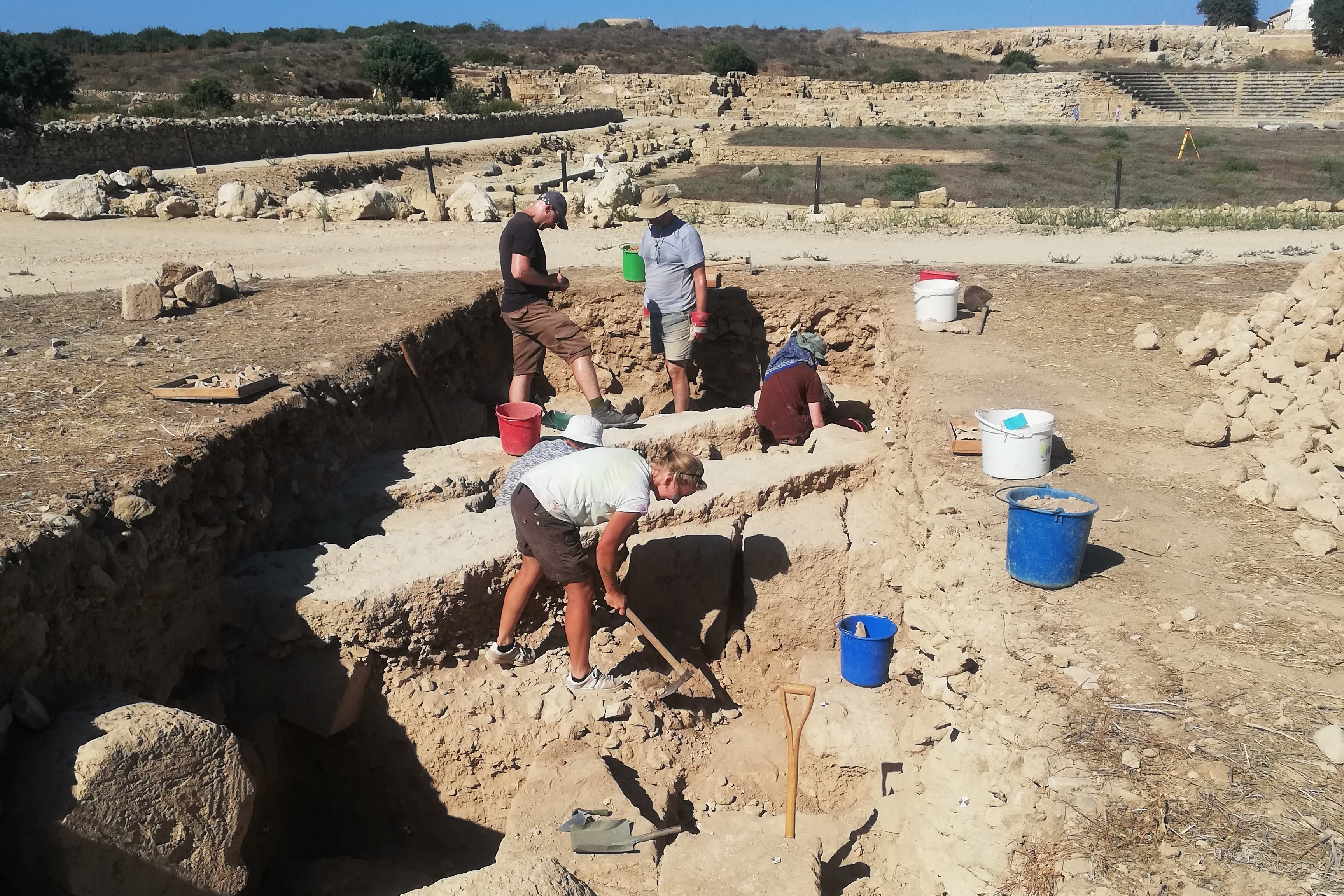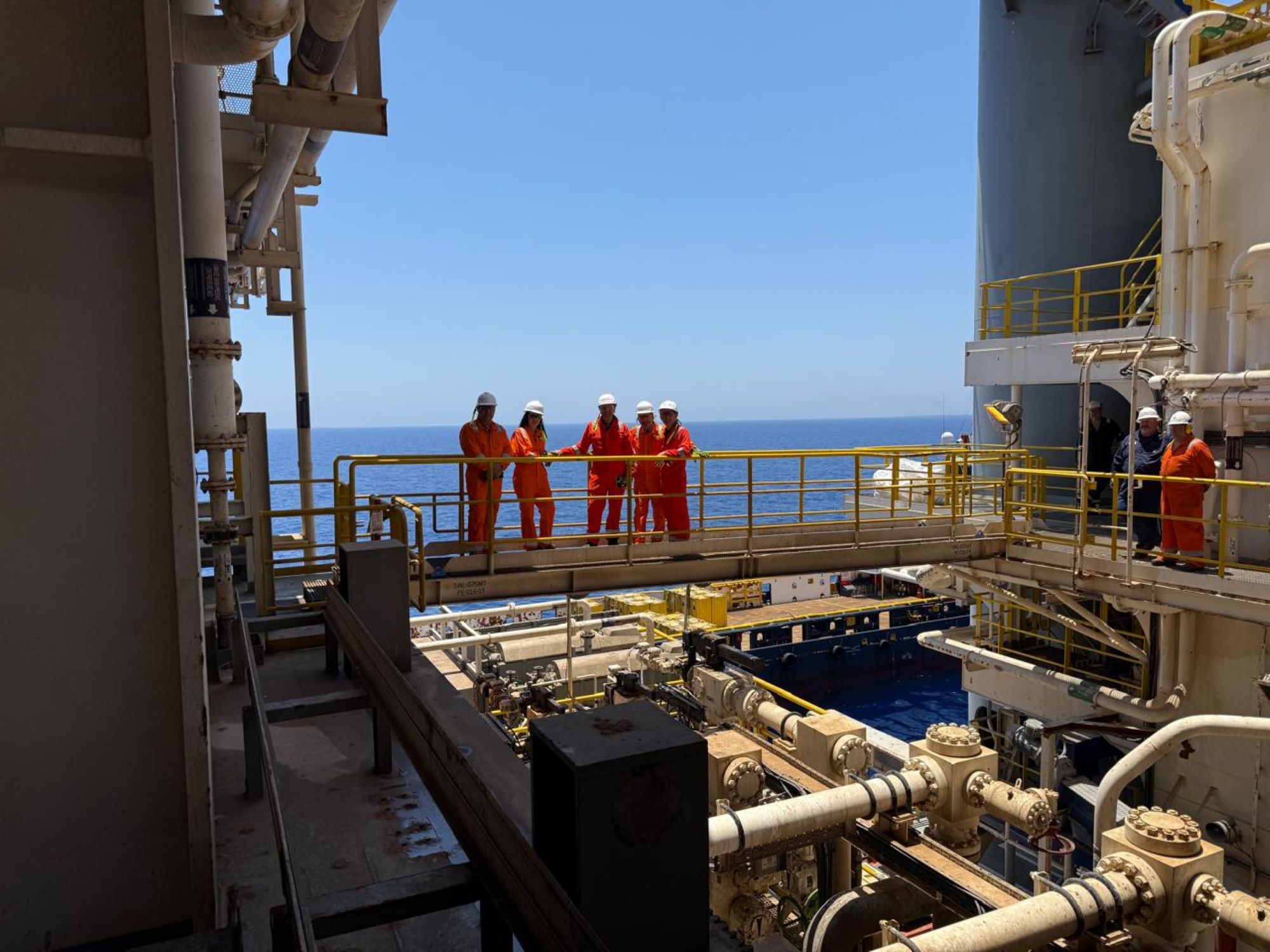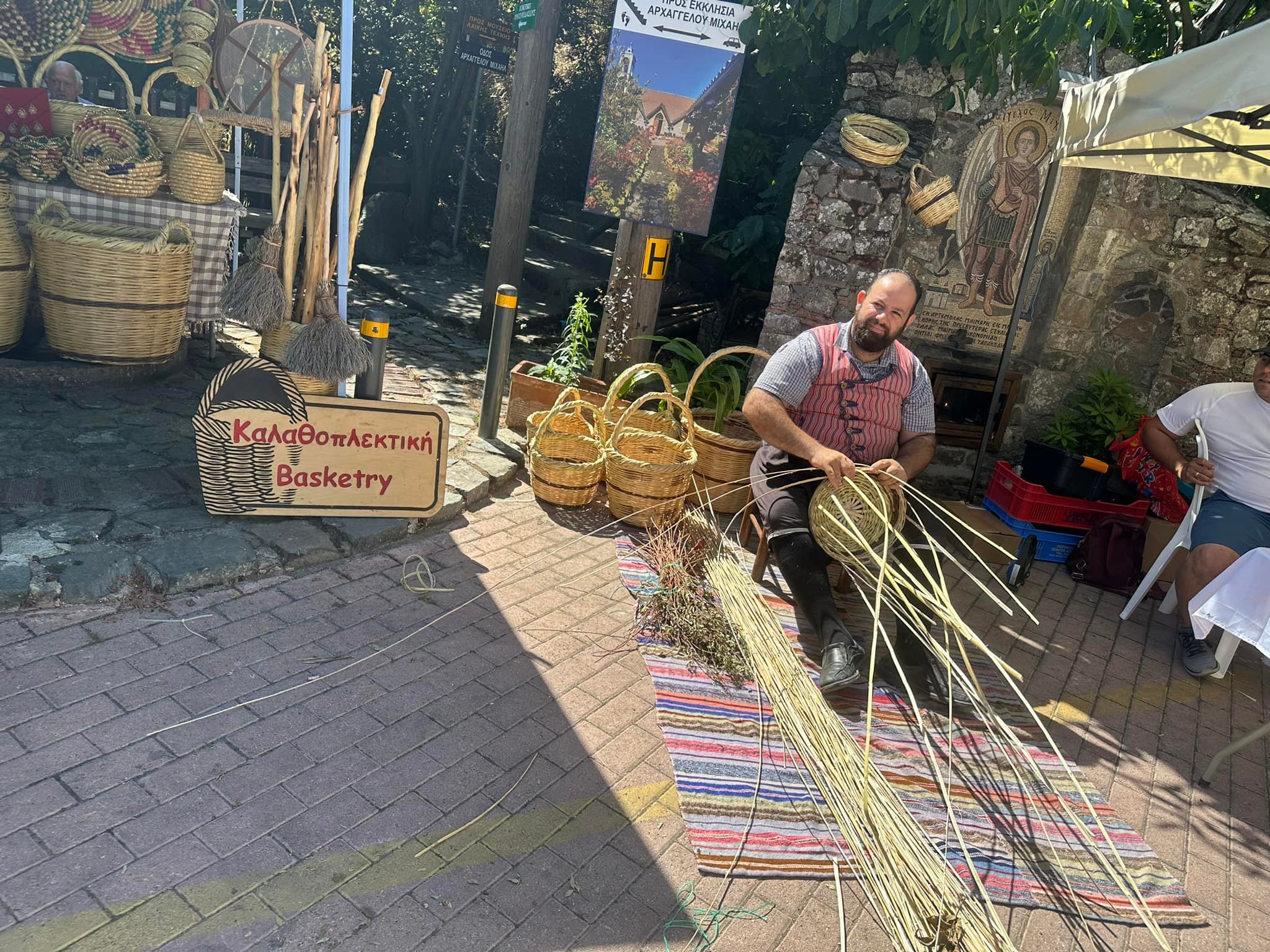New evidence of the urban planning of ancient Nea Paphos was revealed during archaeological excavations carried out by Warsaw and Krakow universities, the department of antiquities announced on Tuesday.
Nea Paphos is one of the three components forming the Paphos archaeological complex included on the Unesco World Heritage List for its outstanding mosaics and ancient remains, as well as its historical religious importance.
Nea Paphos, designed according to the Hippodamian grid plan, served as the focus of the current research programme, which aims to verify the town plan and urban organisation, and to create 3D models of the city’s appearance during various historical periods.
The latest excavation focused on uncovering the city’s road system remnants to confirm the hypothesised size of the residential blocks in Nea Paphos.
The research identified the residential block’s width at 105 metres in the Maloutena site. Excavations also revealed two perpendicular walls forming the corner of a room, likely from the Hellenistic period, and remnants of two canals.
The recent joint archaeological mission was the fourth research period under the programme MA-P Maloutena and Agora in the layout of Paphos: modelling the cityscape of the Hellenistic and Roman Capital of Cyprus.
In April and May 2023, researchers studied and prepared the publication of archaeological materials discovered in previous years.
In September and October of the same year, the mission conducted excavations with 50 participants, including 20 staff members, ten PhD students, 12 archaeology students, three conservation students, and five volunteers.
Alongside the excavations, they performed site conservation work, geophysical surveys, and processed ceramic and glass materials discovered in earlier excavation periods. They also documented architectural elements previously uncovered.
Additionally, the mission organised a two-week international summer school titled Augmented Archaeology, which focused on the application of augmented reality systems in archaeology. The programme included ten students from Cyprus, Germany, Lebanon, Poland and the United Kingdom.







Click here to change your cookie preferences